Smoke used billow into the sky, and as the stove lit, tandeer (the traditional Azerbaijani oven made of mud) used to redden and its walls would go white. After the egg-covered loaves were placed on the wall, they would gradually turn red as the heat of the hearth in the middle of the tandeer would gradually increase. When bread made from wheat flour was taken out of the tandeer, its pleasant and charming aroma could be felt from afar…
Cucumber and tomato arches climbing the fences in kitchen-gardens wanted two eyes to gaze. The appearance of the products grown on the same arch was also different: one long, one rough, one round, one flat, one crooked, one straight… Of course, these are familiar scenes for those who were born and lived in the countryside. But it seems like these scenes have also disappeared just like our other values have.
Now, where is the wheat bread that used to smells from distance? Where are the varieties of cucumbers and tomatoes that used to be the beauty of our gardens? Where are the fruits that used to adorn the tables and the taste of which would hardly leave the mouth?
What is the reason?
Has our soil turned away from us? Have our gardens lost their productivity or have we lost our taste? The reality is that the seeds of 30-40 years ago no more exist. The peasant gets these seeds almost for the price of gold. Today, those seeds are sold not even by weight, but by number.
The specific blessings of our land such as Gizilahmed apple, Ordubad apricot, Goychay pomegranate, Guba apple, Zagatala hazelnut, Gabala chestnut, Lankaran tea, Astara lemon, Absheron shani,[4] Sabirabad watermelon, Kurdamir melon, Zira tomato, Hovsan onion are not easy to find any more. Fruits and vegetables, the appearance of which we are often deceived by in shops and markets, do not give the taste of the ones in the past.
In the past, only seasonal fruits and vegetables could be found in the markets. Now these blessings are on sale at any time of the year. Unfortunately, genetically modified products are gaining ground in the markets. Although the shelves are full of fruits and vegetables that look the same, smell the same, and look like twins, they cannot meet the consumers’ demand. It is obvious that the quality of products has decreased. At the time when the growth and development was not as rapid, several types of fruits and vegetables were put on the market. Therefore, the products that consumers buy and fill their baskets with at the market do not provide them with the desired taste. Farmers, renters and rural workers prefer quantity and productivity to quality. It is more convenient to grow genetically modified productive cucumbers and tomato varieties and market their harvest rather than struggling with organic cucumbers and tomato varieties. It is no secret that cucumbers and tomatoes of this variety give a fairly high yield. Genetic mutations in fruits and vegetables have reached the point where the foods we eat contain little or no vitamins. The vitamin content of herbs has lost its quality by 50-70 percent. The corn called “prophet wheat” has now been replaced by fast-ripening and productive American corn. The new type of corn is more productive and pleasant to look at; it has a lot of grains on it, but it contains very little cellulose, vitamins and minerals.
Transgenic seed
What is a genetically modified or transgenic seed? The genome, that is, the hereditary carrier of a plant, animal, or human organism, is considered a stable structure and it is undesirable to interfere with it. In fact, genetic modification began about 40 years ago. As far back as the 1980’s, up to $ 40 billion was spent on these studies. Over the past decade, these studies have resulted in the cultivation of genetically modified foods. According to statistics, about 30 percent of the fruits and vegetables produced and sold in the world are grown in this way. Such products are especially common in the United States, accounting for 70 percent of all products sold. Simply put, the genes of an organism that are foreign to it are transferred to any organism. For example, the scorpion gene is added to the tomato gene. As the crop grows and develops, it does not look different by its appearance from a regular tomato, and no pests or insects come close to it during its development. And the productivity of such kind of products is very high since one tomato bush gives 30-40 kilograms of harvest. However, when it is cut, it turns out that there are no traces of tomatoes in terms of aroma or taste. At present, more than 120 genetically modified types of various agricultural products have been created. 64 of them are used in farms.
There are also lancet or seedless seeds. These seeds, coded in the laboratory, produce only one year. They cultivate it, get a high yield, and the next year it is impossible to get anything from it. In recent years, genetic engineering has begun to grow seeds that have been producing for five years. After that period, the sown seeds do not bear fruit at all. Lancet seeds cause great damage to nature and soil. It absorbs all the organic and mineral substances in the soil and does not allow the growth of other plants. As a result, “dead soil” is formed in the area where these plants are planted.
Scientists believe that eating these products will have serious health consequences for the first generation, and sometimes for later generations. The content of lycopene in tomatoes formed from transgenic seeds was reduced by 80 percent. Lycopene is a natural substance that gives tomatoes and watermelons a red color, and its deficiency causes infertility in men and polycystic ovaries in women. Eating a few tomatoes grown in the same way sometimes does not provide as many vitamins as one organic tomato does. Scarcity of vitamins and minerals leads to the deficiency of polyphenols in the body. Therefore, the import and sale of these products are strictly prohibited in a number of European countries.
The fertility of our soil has been removed, the aroma of wheat bread has disappeared, and we are slowly moving away from the delicious taste of fruits and vegetables, which are the beauty of our tables. As long as we do not protect the genetic roots of local seeds, which have been cultivated for hundreds of years, and do not take care of their reproduction and propagation, there is a danger of even more serious consequences. We may even leave more catastrophic consequences for future generations…



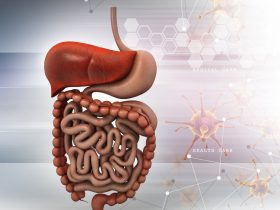



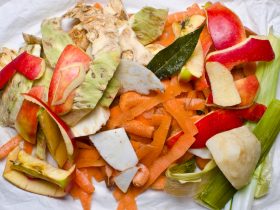
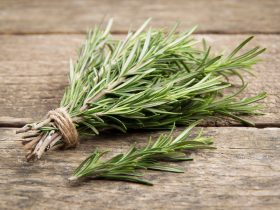

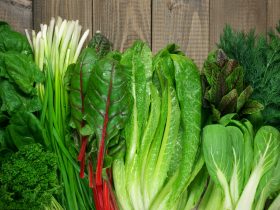
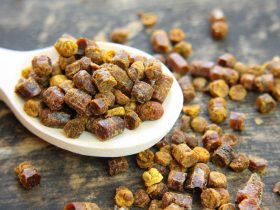


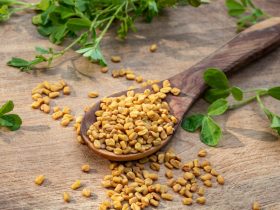


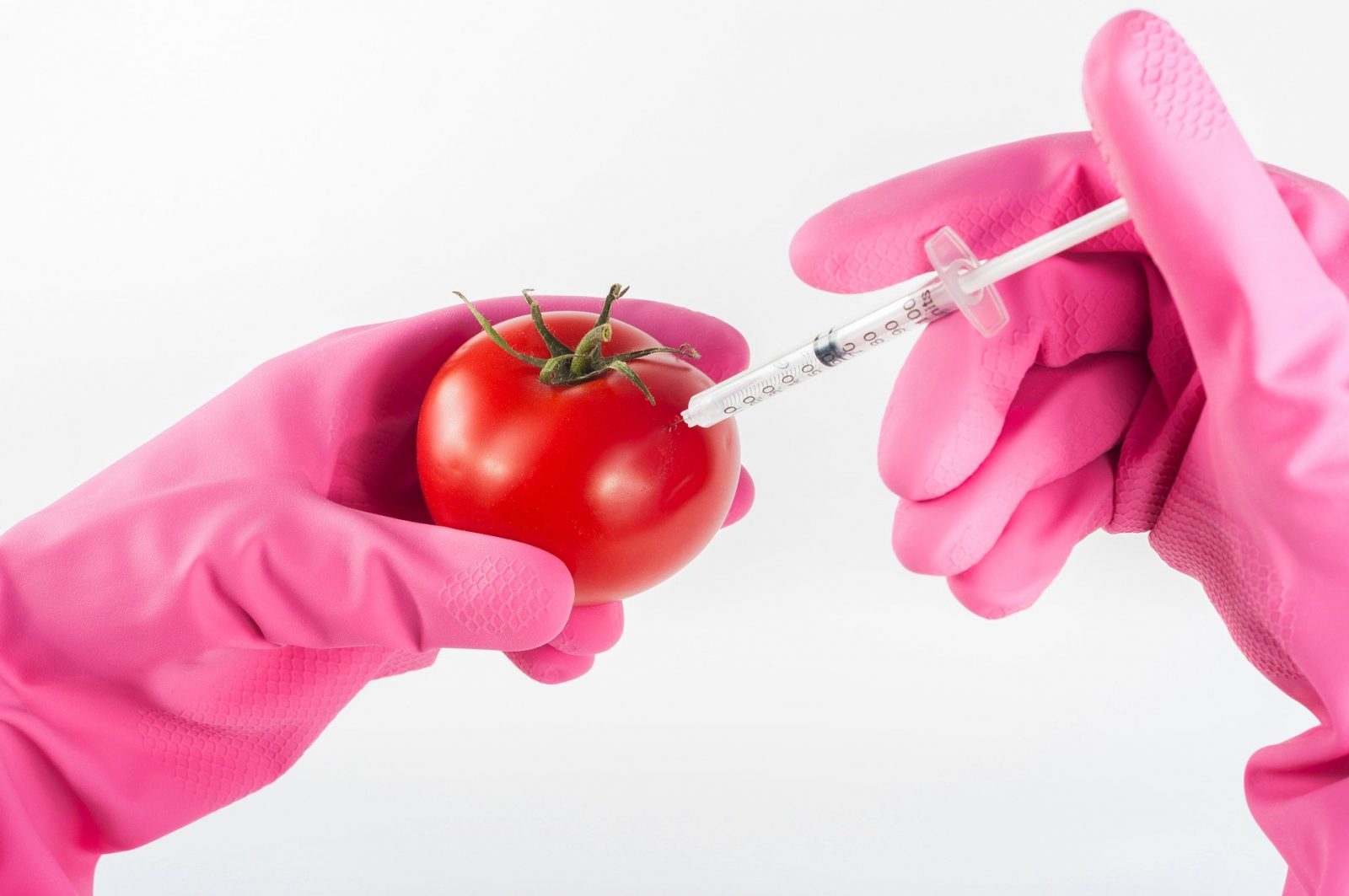






Cavab yaz